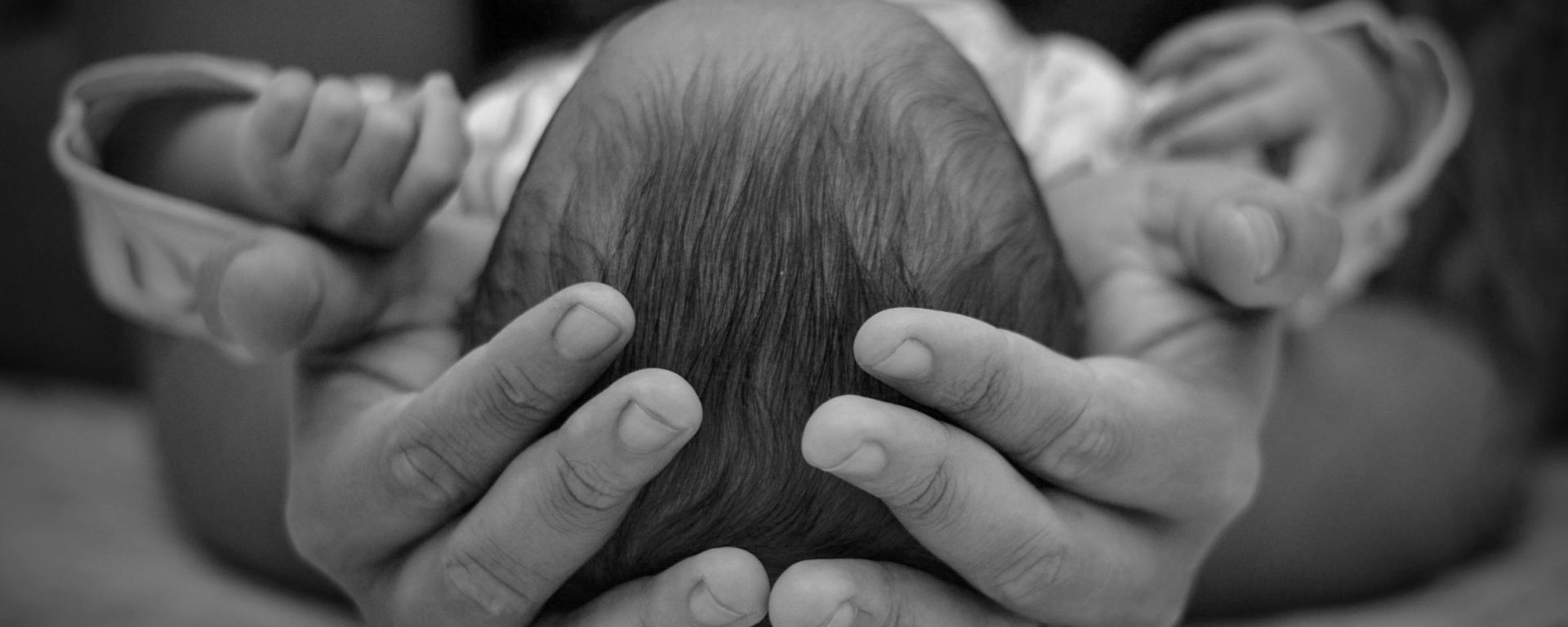In 2013, a clinical trial researchers evaluated the effectiveness of two preventative methods for positional head deformities in infants: stretching exercises and the use of specialized bedding pillows. The study, led by Jan-Falco Wilbrand and colleagues, included 50 children aged 5 months or younger who had been diagnosed with either plagiocephaly, brachycephaly, or a combination of both conditions.
The participants were randomly assigned to two groups: one receiving treatment with a bedding pillow, and the other undergoing a regimen of stretching exercises. Each group consisted of 25 children and underwent the assigned treatment for a period of six weeks.
To assess the impact of these interventions, the researchers measured the cranial vault asymmetry index (CVAI) and cranial index (CI) before and after the treatment period. These indices provide quantitative measures of cranial asymmetry and overall head shape.
The findings indicated that both treatment methods led to improvements in head shape among the infants. Specifically, the stretching exercise group showed a reduction in CVAI of 2.09% for plagiocephaly and 2.34% for combined deformities. In comparison, the bedding pillow group exhibited a greater improvement, with a CVAI reduction of 3.01% for plagiocephaly and 2.86% for combined deformities.
For brachycephaly, the change in CI was 0.94% in the stretching group and 3.63% in the pillow group. Among children with combined head deformities, the CI improved by 2.24% in the stretching group and 3.23% in the pillow group.
Overall, the study concluded that both bedding pillows and stretching exercises are effective in reducing cranial asymmetry in infants with positional head deformities. The results suggest a slightly greater improvement in cranial asymmetry for children with combined plagiocephaly and brachycephaly when using bedding pillows compared to stretching exercises. These findings provide valuable insights for parents and healthcare professionals in choosing appropriate interventions for managing infant cranial deformities.
Reference: Wilbrand, J. F., Seidl, M., Wilbrand, M., Streckbein, P., Böttger, S., Pons-Kuehnemann, J., & Howaldt, H. P. (2013). A prospective randomized trial on preventative methods for positional head deformity: physiotherapy versus a positioning pillow. The Journal of pediatrics, 162(6), 1216-1221.
